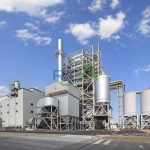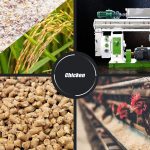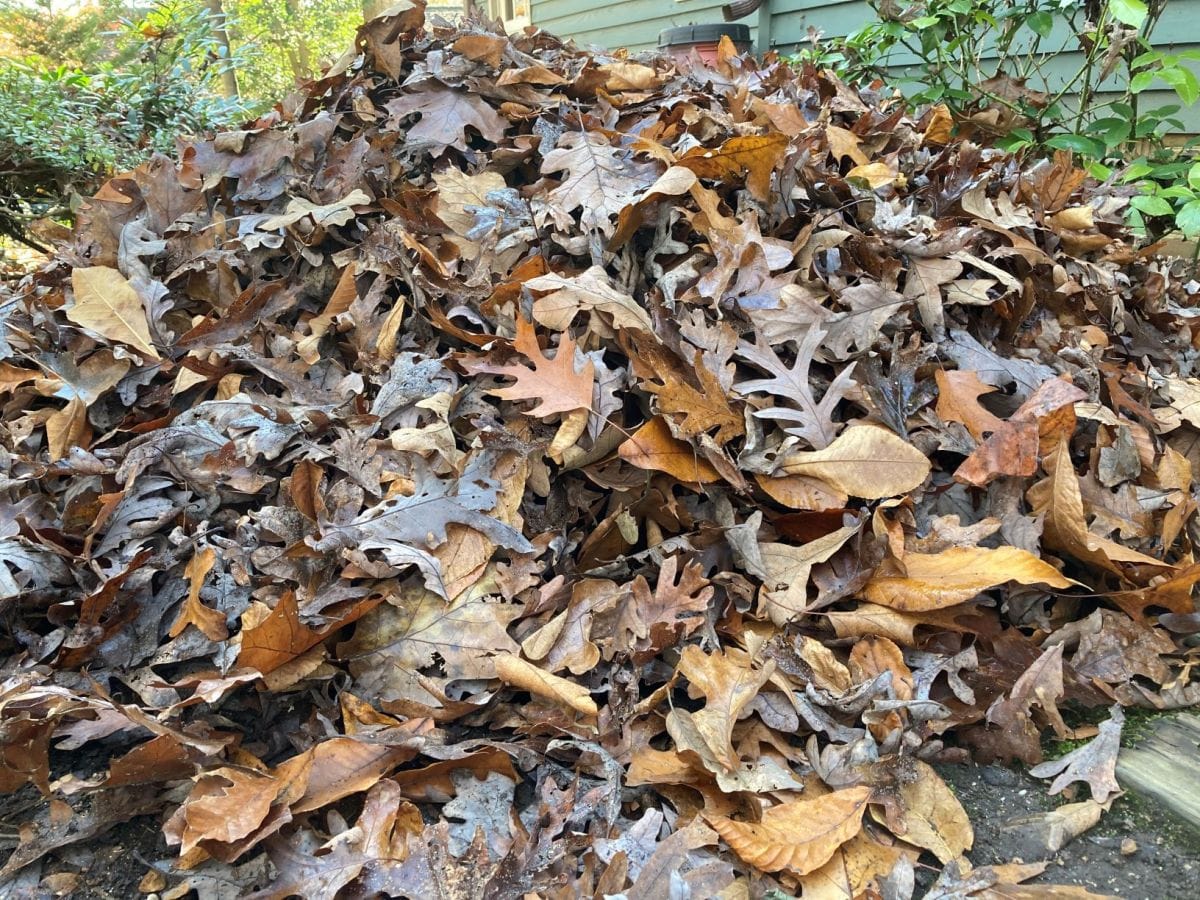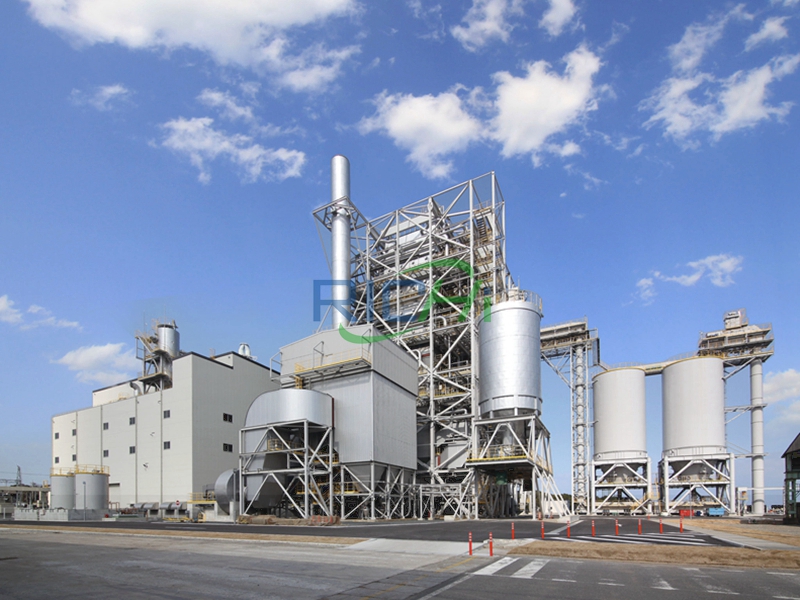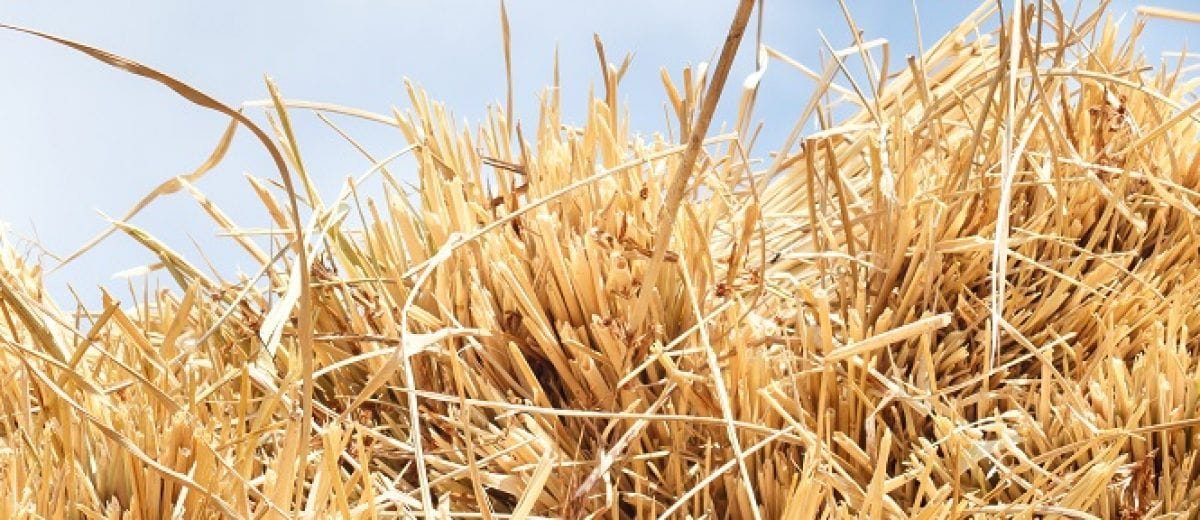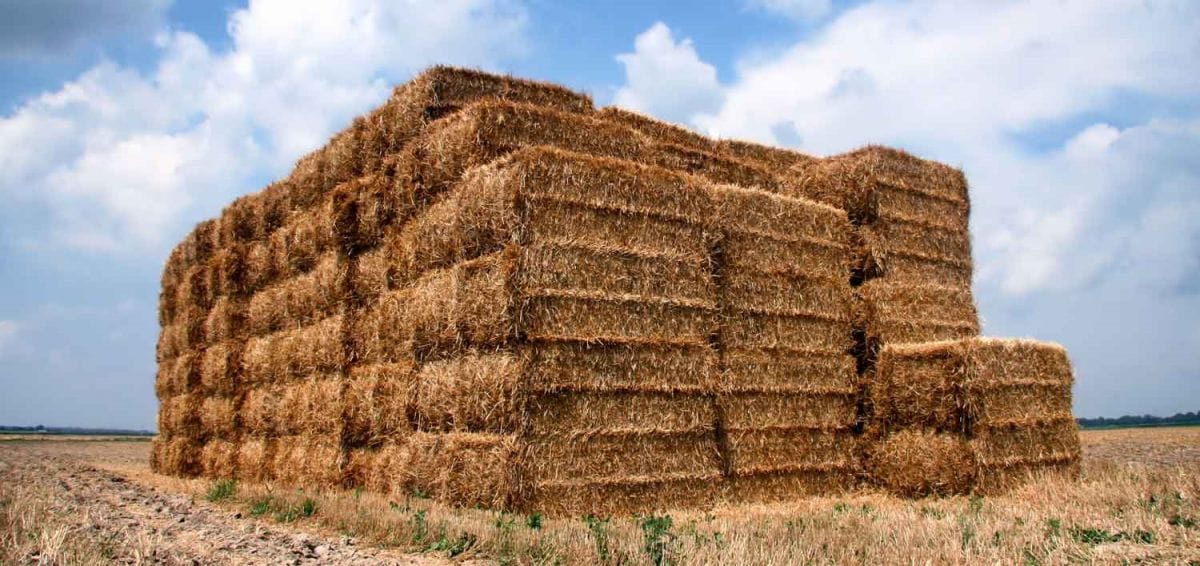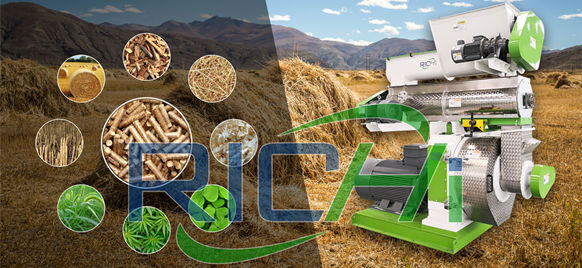The biomass leaf pellet mill is a critical piece of equipment for converting leaf waste into valuable pellets for energy production and other applications. Proper maintenance is essential for ensuring the efficient and reliable operation of the leaf pellet mill. This article outlines the key maintenance steps that should be followed to keep a biomass leaf pellet mill running smoothly.
1. Regular Cleaning and Inspection
Regular cleaning and inspection of the leaf pellet mill is crucial for preventing issues and maintaining optimal performance.
- Clean the mill thoroughly after each use to remove any residual leaf material, dust, or debris that may have accumulated. This helps prevent blockages and ensures smooth operation.
- Visually inspect all components, including the die, rollers, bearings, and shafts, for any signs of wear or damage. Address any issues promptly to prevent further deterioration.
- Check for proper lubrication of all moving parts, such as bearings and gears. Apply fresh lubricant as needed, following the manufacturer’s recommendations.
2. Die Maintenance
The die is a critical component of the leaf pellet mill, and proper maintenance is essential for ensuring consistent pellet quality and maximizing die life.
- Clean the die thoroughly after each use, removing any stuck-on leaf material or debris. Use a soft brush or cloth to avoid damaging the die surface.
- Inspect the die for any signs of wear or damage, such as cracks, chips, or uneven wear patterns. Replace the die if necessary to maintain consistent pellet quality.
- Store the die properly when not in use, keeping it in a dry, protected environment to prevent rust or corrosion.
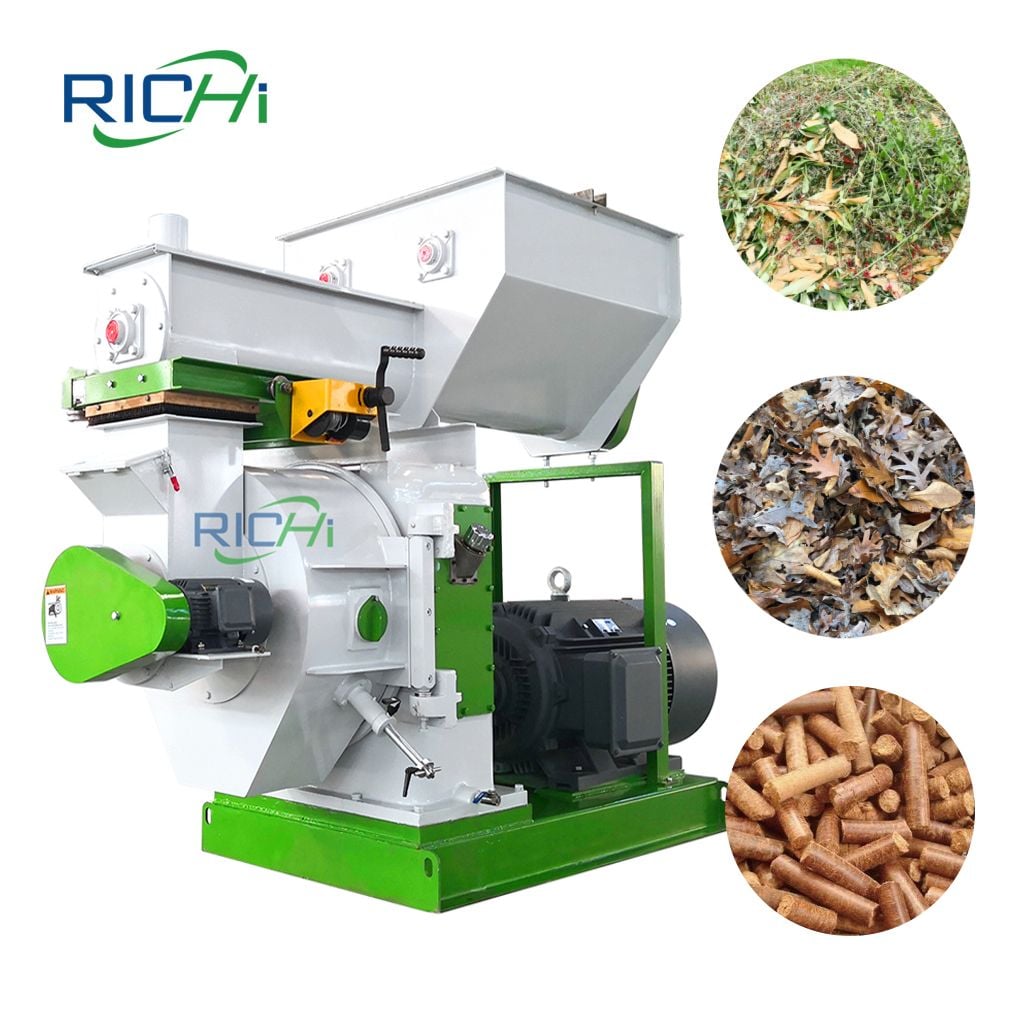
3. Roller Maintenance
The rollers play a crucial role in compacting the leaf material and shaping the pellets. Proper maintenance of the rollers is essential for maintaining pellet quality and maximizing roller life.
- Clean the rollers after each use, removing any stuck-on leaf material or debris. Use a soft brush or cloth to avoid damaging the roller surface.
- Inspect the rollers for any signs of wear or damage, such as grooves, pits, or uneven wear patterns. Replace the rollers if necessary to maintain consistent pellet quality.
- Adjust the roller pressure as needed to maintain optimal compaction of the leaf material. Follow the manufacturer’s recommendations for roller pressure settings.
4. Bearing and Shaft Maintenance
The bearings and shafts of the leaf pellet mill must be properly maintained to ensure smooth operation and prevent premature wear.
- Lubricate the bearings regularly, following the manufacturer’s recommendations for type and frequency of lubrication. Over-lubrication can cause issues, so be sure to follow the recommended guidelines.
- Inspect the bearings for any signs of wear or damage, such as excessive play, noise, or heat buildup. Replace the bearings if necessary to prevent further damage to the mill.
- Check the shaft alignment periodically to ensure that the rollers and die are properly aligned. Misalignment can cause excessive wear on the bearings and other components.
5. Gearbox Maintenance
The gearbox is responsible for transmitting power to the rollers and die, and proper maintenance is essential for ensuring efficient operation and preventing breakdowns.
- Check the gearbox oil level regularly and top up as needed, following the manufacturer’s recommendations for oil type and quantity.
- Change the gearbox oil at the recommended intervals, typically every 2,000 to 4,000 hours of operation. Proper oil changes help extend the life of the gearbox.
- Inspect the gearbox for any signs of leaks, unusual noises, or vibrations. Address any issues promptly to prevent further damage.
6. Electrical System Maintenance
The electrical system of the leaf pellet mill must be properly maintained to ensure safe and reliable operation.
- Check all electrical connections for tightness and signs of wear or damage. Tighten or replace connections as needed.
- Inspect the control panel and other electrical components for any signs of damage or wear. Replace any faulty components promptly.
- Follow all safety protocols when working on the electrical system, including disconnecting power and using appropriate personal protective equipment (PPE).
7. Preventive Maintenance
Implementing a preventive maintenance program is essential for maximizing the efficiency and lifespan of the leaf pellet mill.
- Develop a maintenance schedule that includes daily, weekly, monthly, and annual tasks. Follow the manufacturer’s recommendations for maintenance intervals.
- Keep detailed records of all maintenance activities, including dates, tasks performed, and any issues identified or addressed.
- Train operators on proper maintenance procedures and ensure that they follow the maintenance schedule consistently.
8. Troubleshooting and Repair
Despite regular maintenance, issues may still arise with the leaf pellet mill. Proper troubleshooting and repair procedures are essential for minimizing downtime and ensuring safe operation.
- Follow the manufacturer’s troubleshooting guide to identify and address any issues that arise with the mill.
- Use only genuine replacement parts that are recommended by the manufacturer. Substituting non-genuine parts can lead to further issues and void the warranty.
- Refer to the manufacturer’s repair manual for guidance on disassembling, repairing, and reassembling the mill. Follow all safety protocols and use appropriate tools and equipment.
Conclusion
Proper maintenance is essential for ensuring the efficient and reliable operation of a biomass leaf pellet mill. By following the key maintenance steps outlined in this article, including regular cleaning and inspection, die and roller maintenance, bearing and shaft maintenance, gearbox maintenance, electrical system maintenance, preventive maintenance, and troubleshooting and repair, leaf pellet mill operators can maximize the lifespan and performance of their equipment. (Related post: Biomass fuel Pellet Machine)
Investing in a comprehensive maintenance program is not only essential for maintaining product quality and minimizing downtime, but it also contributes to the overall sustainability and profitability of the leaf pellet production operation. By prioritizing maintenance as a critical aspect of their operations, leaf pellet mill operators can ensure that their equipment runs smoothly and efficiently for years to come.





